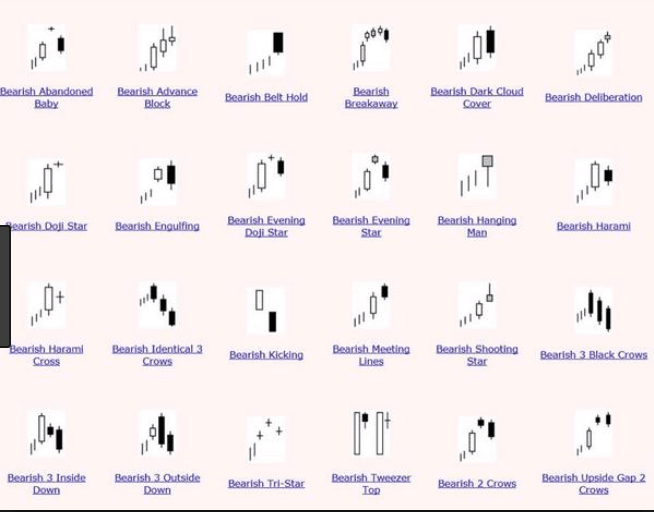Pound vs. Singapore Dollar: Bearish Candle Forming in the Sellzone
- GBP/SGD has moved back into the 'sell-zone'
- Provides 'bears' with an opportunity to re-enter short positions against Sterling
- But valuations recommend a cautious stance
The Pound-to-Singapore Dollar exchange rate has pulled back into what technical analysts call the 'sellzone' - which is the space between the 10 and 20-day moving averages (MAs) - and has formed a mildly bearish candlestick.
Traders see the space between the two MAs as the optimum place to re-enter a short position when a currency pair is in a strong downtrend.
The pair fell to a trough low of 1.7781 on July 20 before pulling back up over the next 3 days to its current level at 1.7916.
It is currently in the 'sellzone' on account of it being a place where shallow pull-backs often reverse and start going lower again.
Although the GBP/SGD is in the 'sweet spot' traders normally first wait for a bearish confirmation signal from the charts, like a bearish Japanese candlestick pattern (see table below), such as a shooting star, bearish engulfing or dark cloud cover pattern, before actually pressing the button.
Whilst price action has now formed a red doji candle in the sellzone, which is a mildly bearish sign, it is actually more representative of indecision than an outright negative signal, and is not enough on its own to suggest a resumption of the downtrend.
If it was to be succeeded by a red, bearish, downday, however, that might indicate further downside on the horizon, as it would be a sign the indecision raised by the doji had been resolved in further negativity.
Such a down-bar would probably result in a continuation to a target, initially, at the 1.7781, July 20 lows.
Alternatively, if a bullish green candle forms after the doji it will be a sign the market is moving higher, negating the sellzone set up.
One possible catalyst for a move lower could be an easing in current global trade tensions or Brexit politics.
The Singapore Dollar is meanwhile more sensitive than many currencies to escalating tensions.
"Singapore Dollar is a lot more exposed on the global trade front," says Divya Devesh, a strategist at Standard Chartered bank, speaking to CNBC news,"it could see more weakness from that," he added.
As such, an easing of those tensions would be expected to be positive for SGD and lead to further downside for GBP/SGD.
Trade tensions appear to have abated temporarily midweek after President Trump met with the EU's Jean Claude Junkers to work out a trade deal, and said, "we hope to work something out on a fair trade deal with Europe," on Wednesday, which might be the reason for the bearish doji forming.
Trump had threatened to impose tariffs on European cars before the meeting but recent earnings releases from US companies showing a fall in profits due to the existing tariffs imposed on metals like steel and aluminium have softened Trump's approach.
Hopes of a trade deal between the EU and US led a rebound in the Dow Jones Industrial Average on Wednesday evening.
On a valuation basis the Singapore Dollar appears more overvalued versus a basket of other currencies than the Pound as highlighted in the chart below, which shows nominal effective exchange rates (NEER) for major currencies.
This could indicate GBP/SGD is more likely to rise in the future as GBP rises from oversold and SGD drifts lower from overvalued.
Advertisement
Get up to 5% more foreign exchange by using a specialist provider to get closer to the real market rate and avoid the gaping spreads charged by your bank when providing currency. Learn more here













